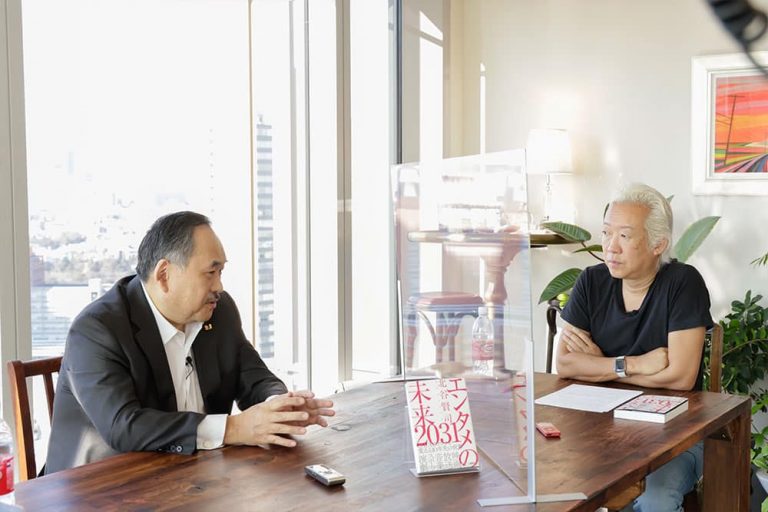Talked dialogue 【 Legendary Promoters Decipher the Future of Entertainment 2031】 (Part 2) Kenji Kitatani, Lester Smith Distinguished Professor and Foundation Director, Washington State University; Professor, Kanazawa Institute of Technology Toranomon Graduate School; and Director, Content & Technology Integration Laboratory, Kanazawa Institute of Technology x Atsushi Fukuda, Brand Consultant

This is the second part of the conversation with Dr. Kitatani.
The content will keep you interested from the specific no-no’s to Japanese entertainment by a professor who knows all about entertainment in the world to the secret stories of how Sony faced Hollywood and more. Please watch it via text or YouTube.
Also, Dr. Hajime Kitatani’s new book “Entertainment Future 2031” (Nikkei BP) is a must-read.
—————————-
Talked Conversation 【 “The Future of Entertainment 2031” as Deciphered by a Legendary Promoter] (Part 2)
Kenji Kitatani, Lester Smith Distinguished Professor and Foundation Board Member, Washington State University, U.S.A.; Professor, Kanazawa Institute of Technology Toranomon Graduate School; Director, Content & Technology Integration Laboratory x
Jun Fukuda, Brand Consultant
article
http://talked.jp/137/ (Part I)
http://talked.jp/138/ (Part 2)
clip
https://youtu.be/3E2vRXUQQqk (Part 1 of 1)
https://youtu.be/wT2_ZdpHrSU (Part 1 of 2)
https://youtu.be/jwavAx5oBjA (Part 1 of 2)
https://youtu.be/k2J4hXbq-JE (Part 2 of 2)
Kitatani: “In Japan, technology is very advanced. But the software, not the hardware, but the production methods, have all been diluted in the 30 to 40 years since television became more affluent. The methods of production and filming that were grasped by the famous directors who laid the foundation of Japanese cinema have not been handed down. So the filming has been left to the cinematographer-cameraman, and the editing to the editor. Although there are people who are called “directors” in the field, most of them just give acting instructions to actors. Is that really a director? I mean, is that really a director? (omitted).
They draw various angles on a piece of paper and decide everything in their mind, such as “the next framing should be like this,” “the background should be like this,” “the camera swing should be from right to left,” and so on. Such directors basically do not use a zoom lens. One of the major differences between Japanese and foreign films is that Japanese cameramen immediately use zooming, also known as dallying. The important basic is to use tracking rather than zooming. The camera pedestal itself moves to move closer to or further away from the actor. This is the basic principle. Most Hollywood productions don’t use zoom for shooting. (omitted).
Netflix originals don’t need to be on the verge of commercials to create a cliffhanger. That’s why the scripts have depth. Japanese TV productions, however, inevitably need something to build up before the commercials. It’s a “choppy” feeling, as they say in English, and you end up with something that feels chopped up, and you’re too aware of the commercials every 10 to 15 minutes, so in essence you’re making too much. On the other hand, Netflix originals, even one-episode series, are not made with TV in mind, so the content is very rich and safe to watch.
I feel a sense of crisis that Japan will never be able to return to the global market unless it learns from this experience.”




Katsutoshi Kitamura, Kenichiro Nakajima






